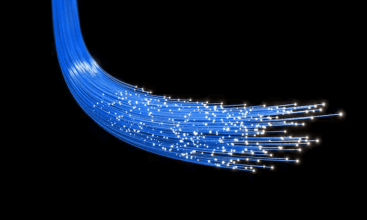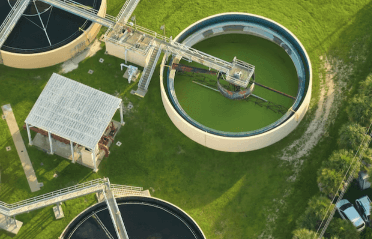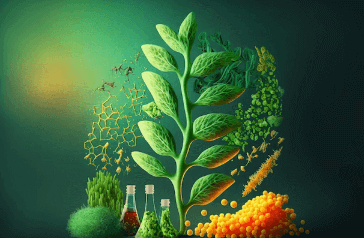Question
The following equation applies for water boiling on a horizontal submerged surface
H = 1.54 (Q/A)^0.75 = 5.58 (d t)³ W/m² K
where Q/A is the heat flux rate in W/m² and d t is the temperature difference between surface and saturation.
a.
1.308 * 10⁸ W/m²
b.
1.308 * 10⁷ W/m²
c.
1.308 * 10⁶ W/m²
d.
1.308 * 10⁵ W/m²
Posted under Heat Transfer
Interact with the Community - Share Your Thoughts
Uncertain About the Answer? Seek Clarification Here.
Understand the Explanation? Include it Here.
Q. A 0.10 cm diameter and 15 cm long wire has been laid horizontally and submerged in water at atmospheric pressure. The wire has a steady state voltage drop of 14.5 V and a current...
Similar Questions
Explore Relevant Multiple Choice Questions (MCQs)
Q. Natural convection heat transfer coefficients over surface of a vertical pipe and a vertical flat plate for same height. What is/are the possible reasons for this?
(i) Same height
(ii) Both vertical
(iii) Same fluid
(iv) Same fluid flow pattern
Select the correct answer
View solution
Q. The heat flux in nucleate boiling varies in accordance with
View solution
Q. In nucleate pool boiling, the heat flux depends on
View solution
Q. Identify the wrong statement with respect to boiling heat transfer?
View solution
Q. Estimate the peak heat flux for water boiling at normal atmospheric pressure. The relevant thermo-physical properties are
p f (liquid) = 958.45 kg/m³
p g (vapor) = 0.61 kg/m³
h f g = 2.25 * 10⁶ J/kg
σ = 0.0585 N/m
View solution
Q. A 1.0 mm diameter and 300 mm long nickel wire is submerged horizontal in water at atmospheric pressure. At burnout, the wire has a current of 195 A. Calculate the voltage at burnout. The relevant thermos-physical properties are
p f (fluid) = 959.52 kg/m³
p g (vapor) = 0.597 kg/m³
h f g = 2257000 J/kg
σ = 0.0533 N/m
View solution
Q. Condensation refers to a change from the
View solution
Q. Condensation process is very common in
(i) Boilers
(ii) Condensers
(iii) Evaporators
Identify the correct statements
View solution
Q. The convective coefficients for condensation usually lie in the range
View solution
Q. Drop wise condensation usually occurs on
View solution
Q. Consider the following statements:
(i) If a condensing liquid does not wet a surface, then drop wise condensation will not take place on it
(ii) Drop wise condensation gives a higher transfer rate than film wise condensation
(iii) Reynolds number of condensing liquid is based on its mass flow rate
(iv) Suitable coating or vapor additive is used to promote film wise condensation
Identify the correct statement
View solution
Q. Depending upon the behavior of condensate up on the cooled surface, the condensation process are classified into how many distinct modes?
View solution
Q. A plate condenser was designed to be kept vertical. How would the condensation coefficient be effected if due to site constraints, it has to be kept at 60 degree to the horizontal?
View solution
Q. Saturated steam is allowed to condense over a vertical flat surface and the condensate film flows down the surface. The local coefficient of heat transfer for condensation
View solution
Q. In condensation over a vertical surface, the value of convection coefficient varies as
View solution
Q. For film wise condensation on a vertical plane, the film thickness δ and heat transfer coefficient h vary with distance x from the leading edge as
View solution
Q. What is the value of surface fluid constant for water-copper combination?
View solution
Q. What is the value of surface fluid constant for water-brass combination?
View solution
Q. Spherical bubbles of 3 mm diameter are observed in the bulk fluid boiling of water at standard atmospheric pressure. Assuming pure water vapor in the bubble and vapor pressure equal to 101.325 k N/m², calculate the temperature of the vapor
View solution
Q. An electric wire of 1.25 mm diameter and 250 mm long is laid horizontally and submerged in water at 7 bar. The wire has an applied voltage of 2.2 V and carries a current of 130 amperes. If the surface of the wire is maintained at 200 degree Celsius, make calculations for the heat flux
View solution
Recommended Subjects
Are you eager to expand your knowledge beyond Heat Transfer? We've handpicked a range of related categories that you might find intriguing.
Click on the categories below to discover a wealth of MCQs and enrich your understanding of various subjects. Happy exploring!








